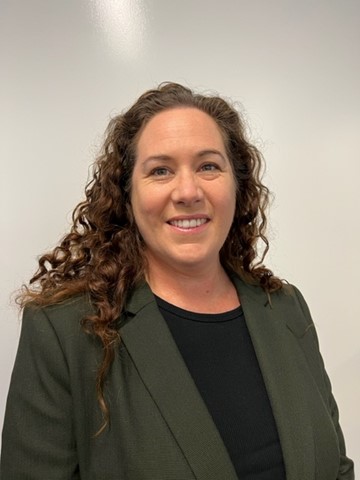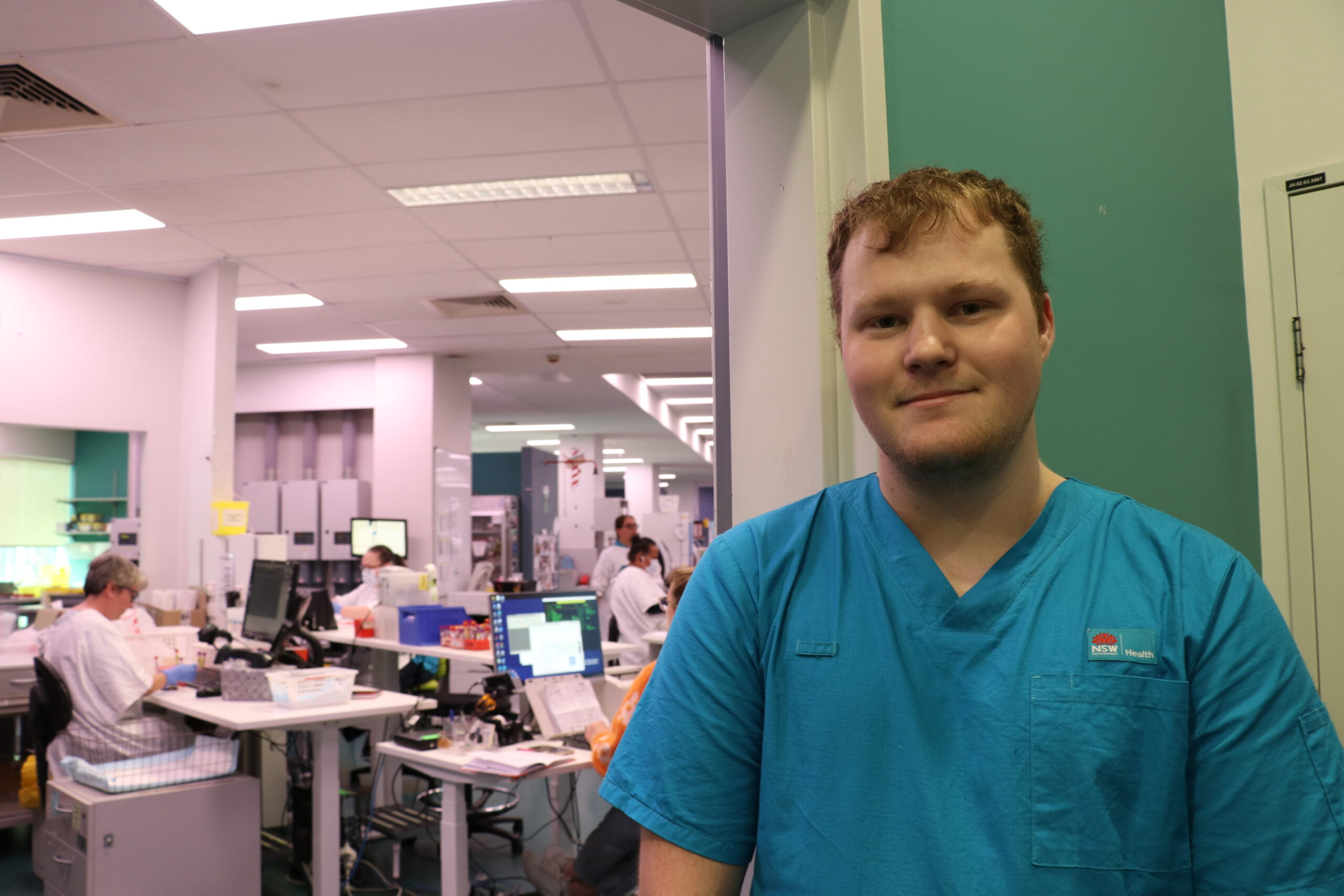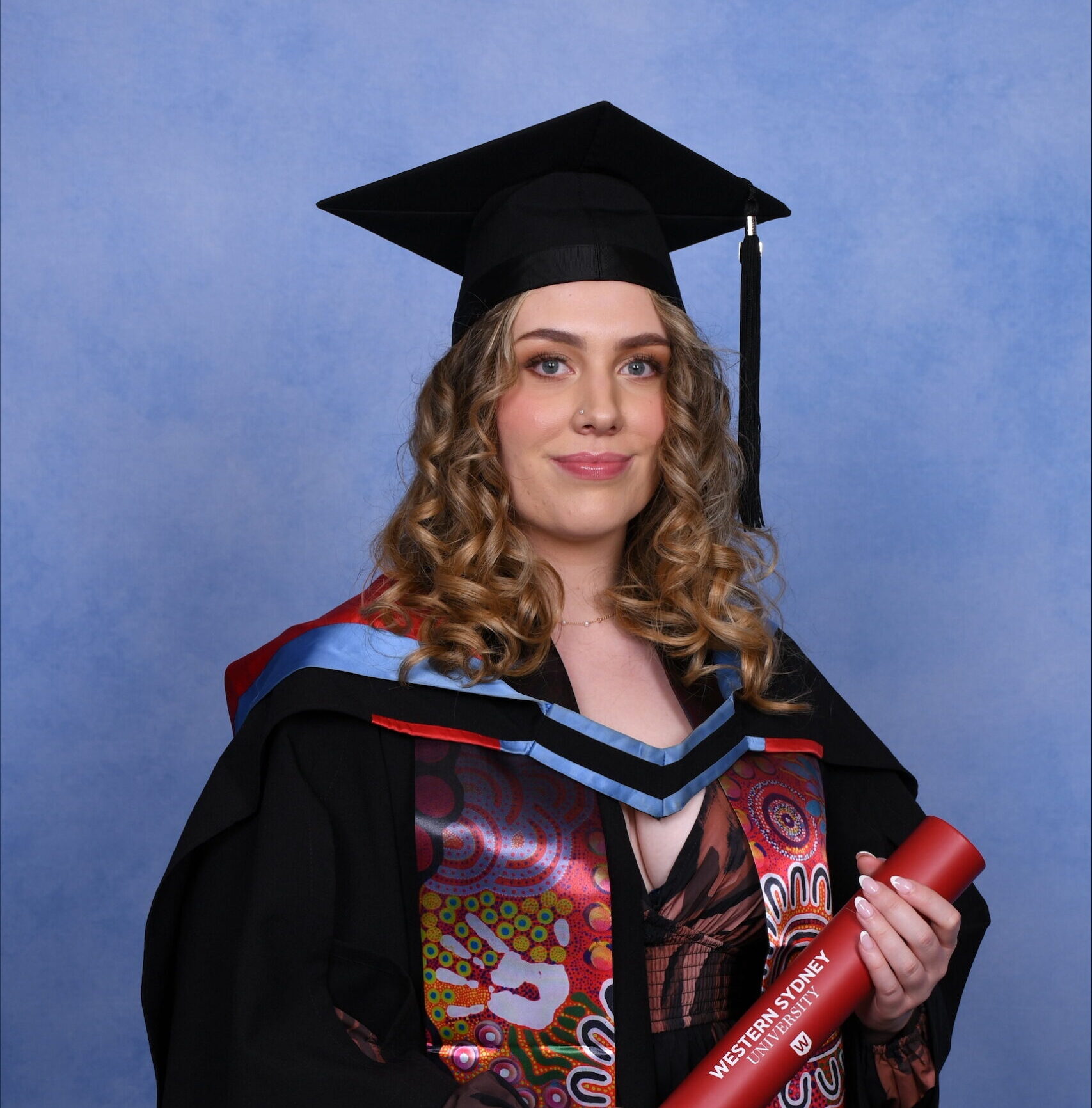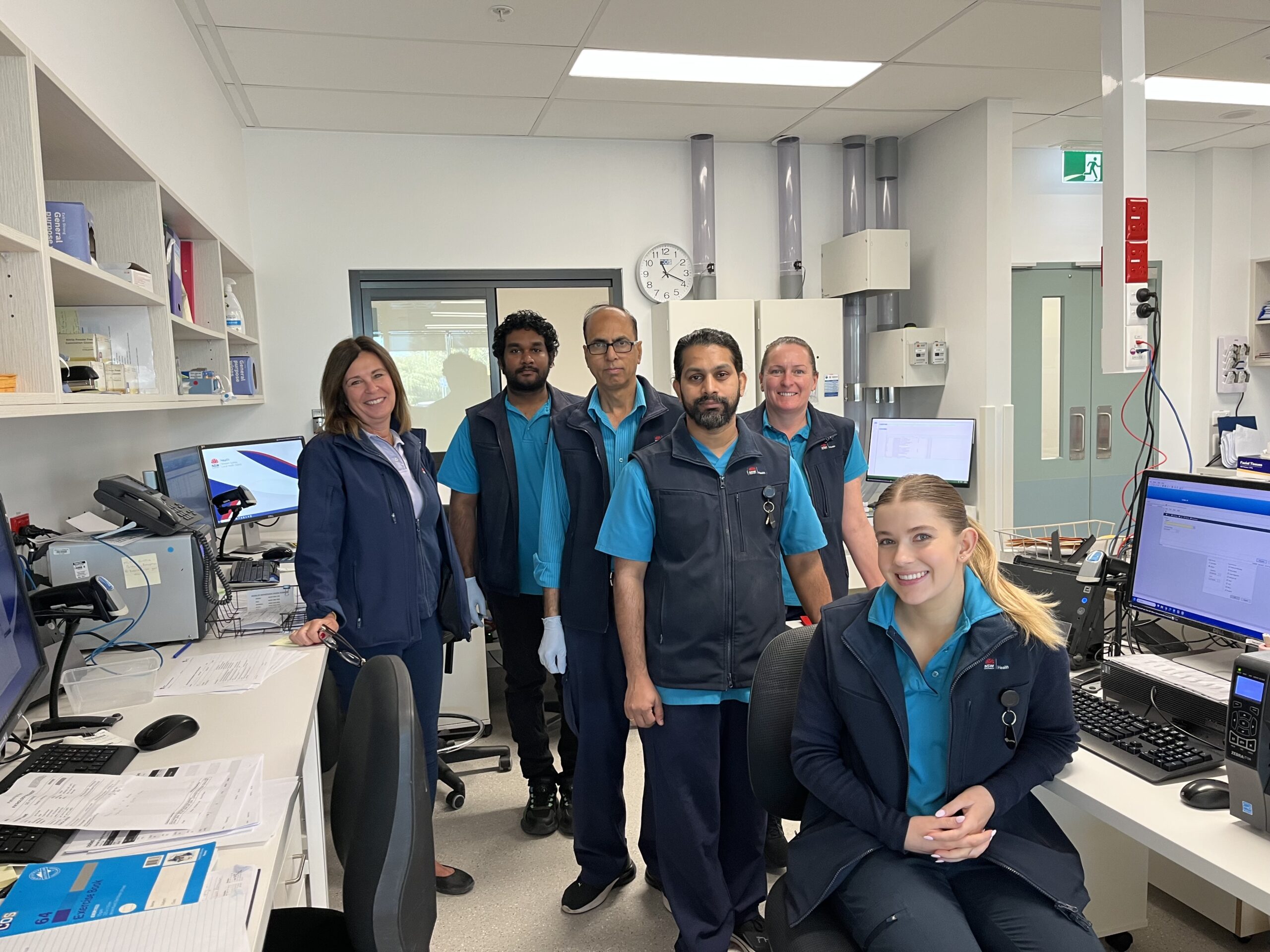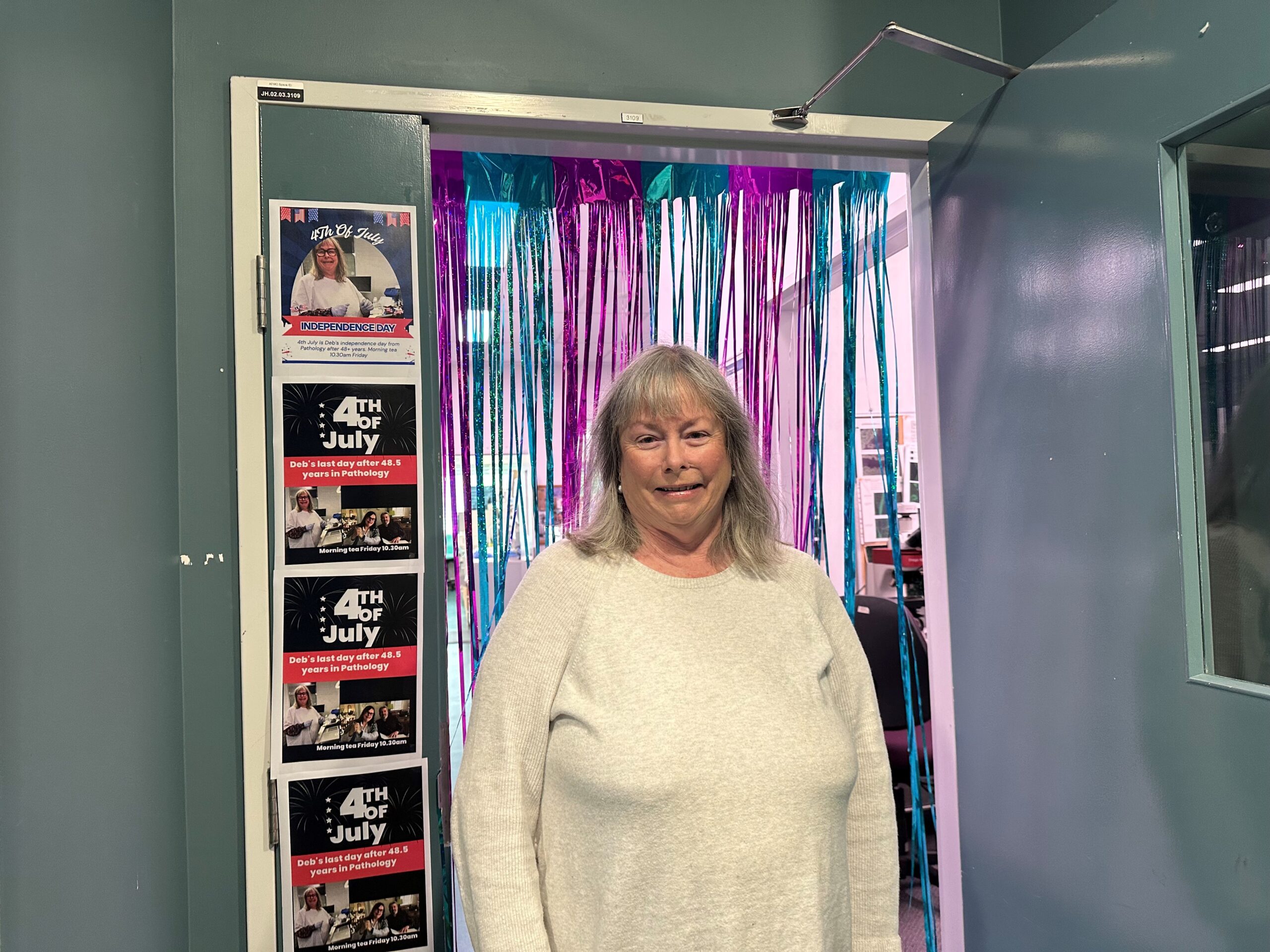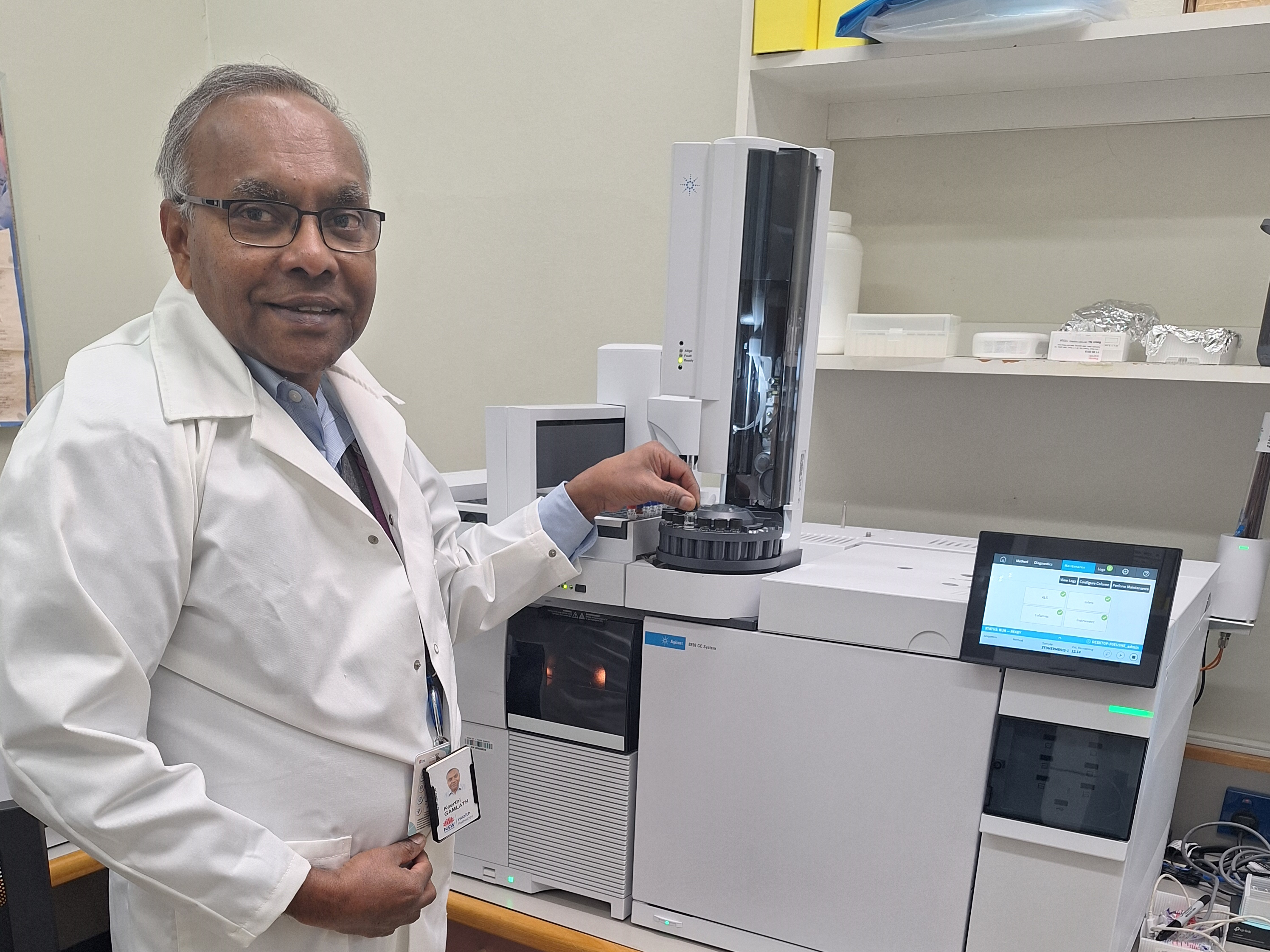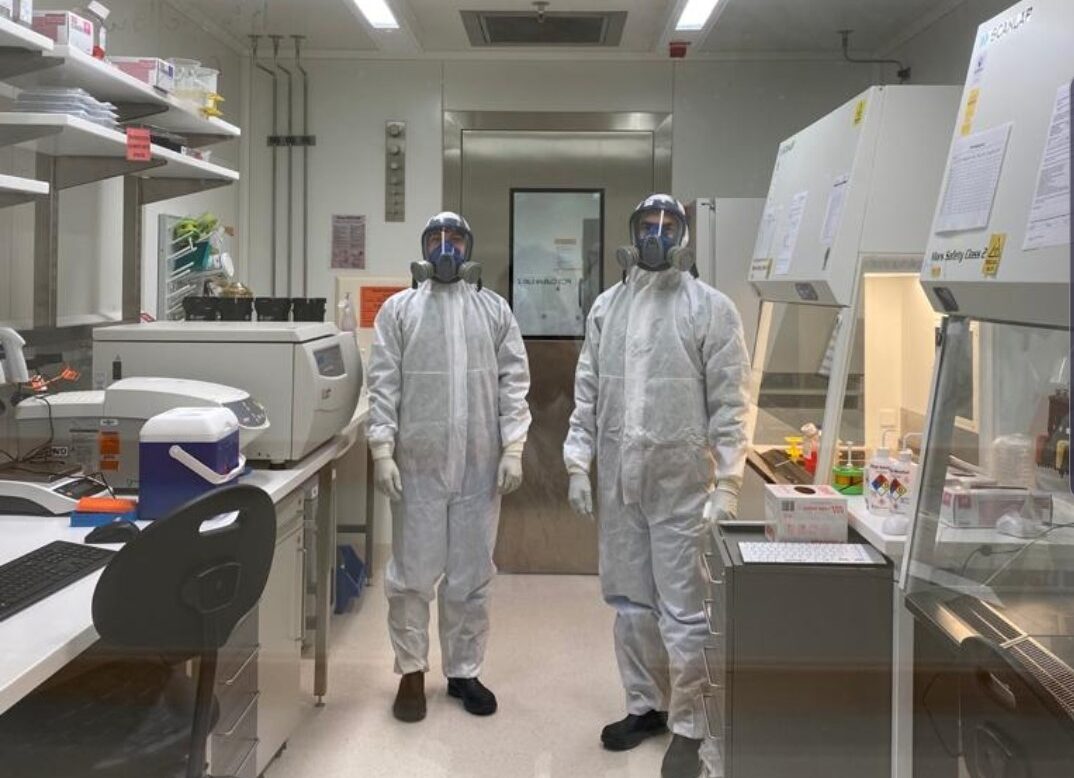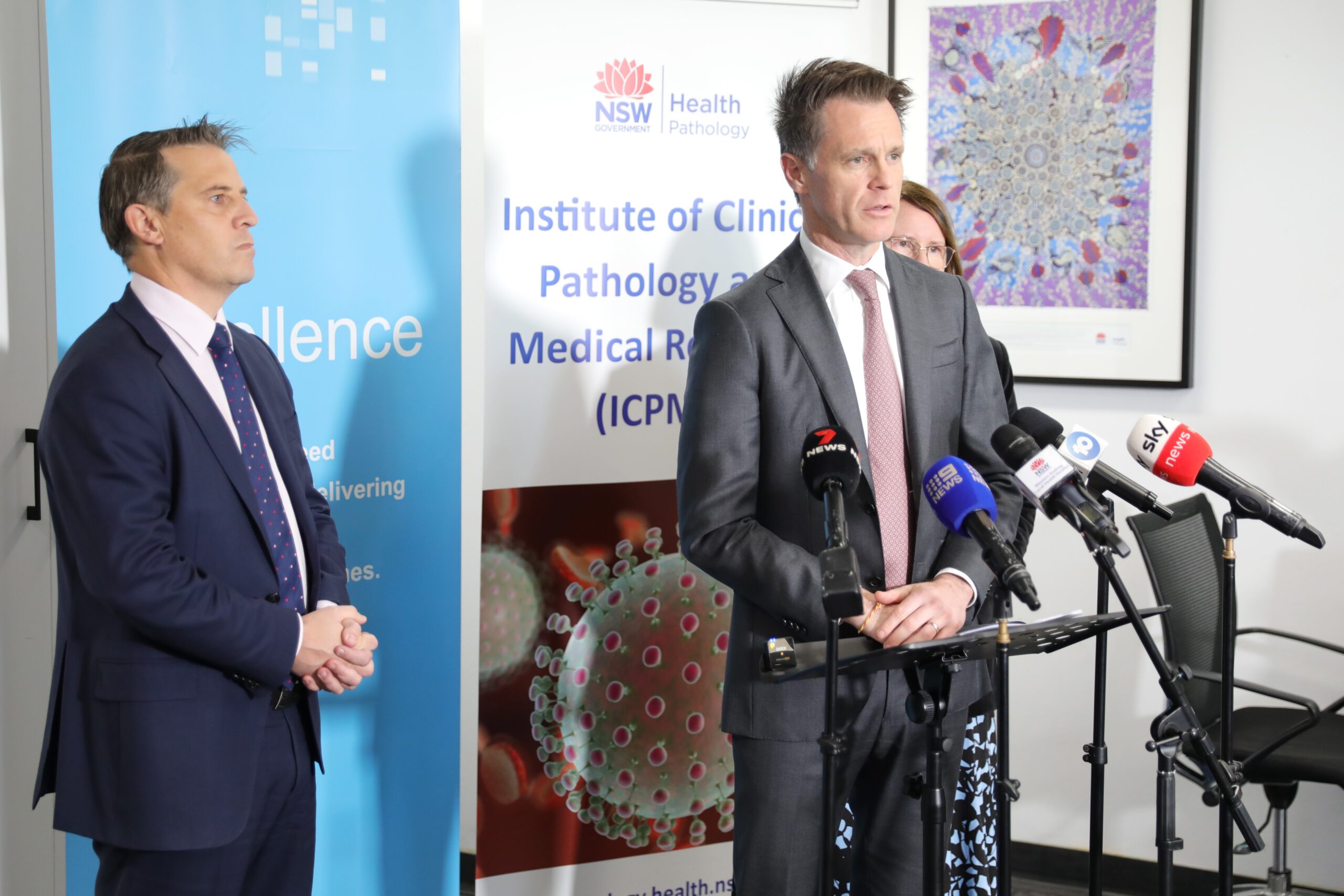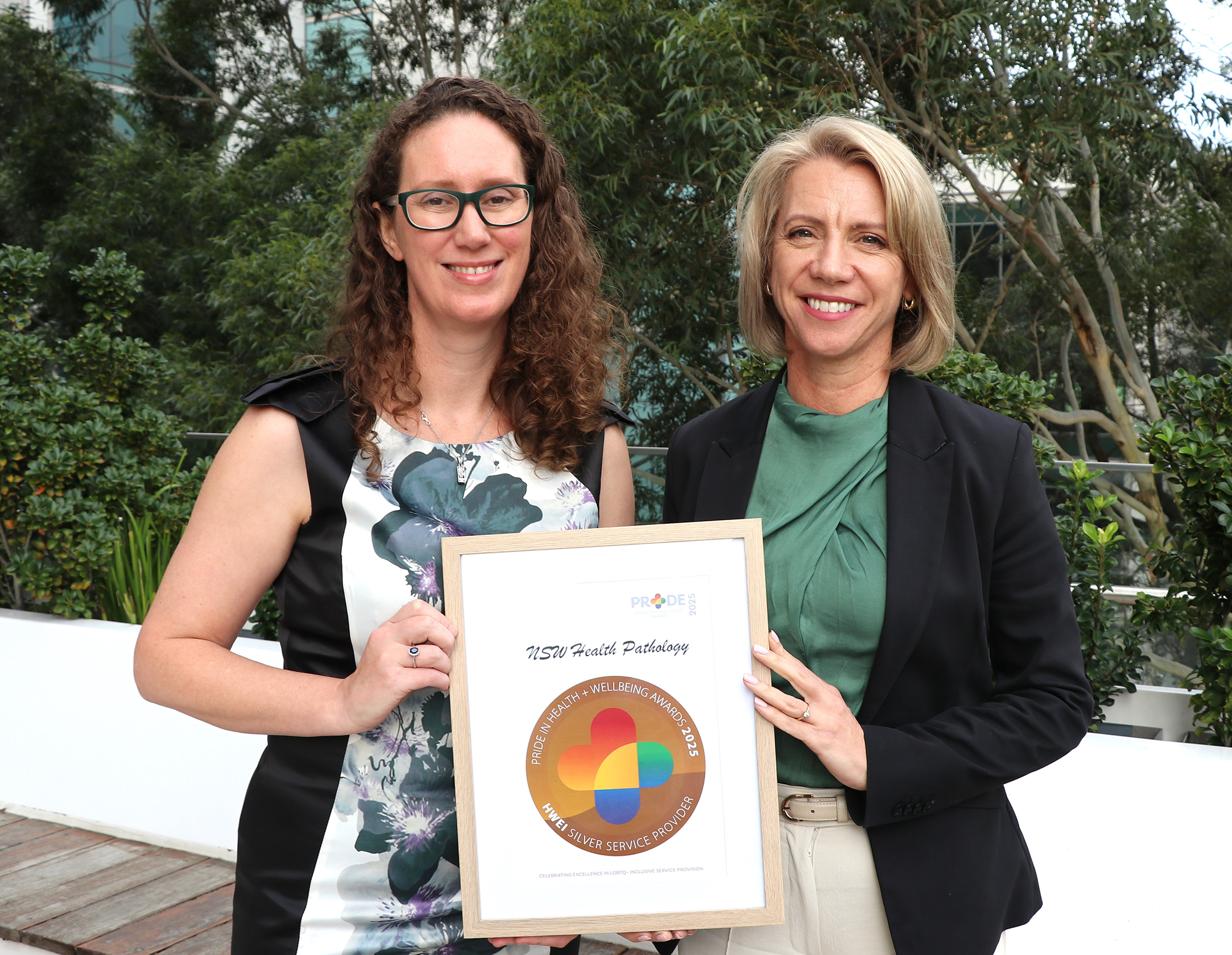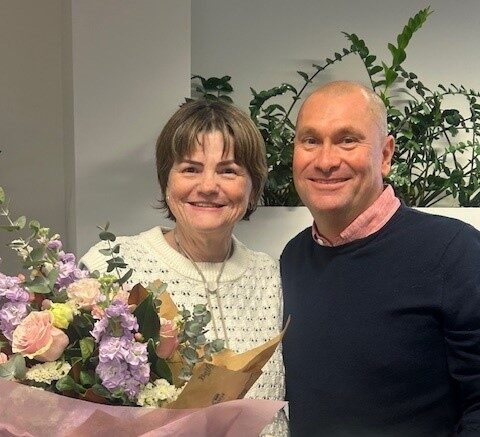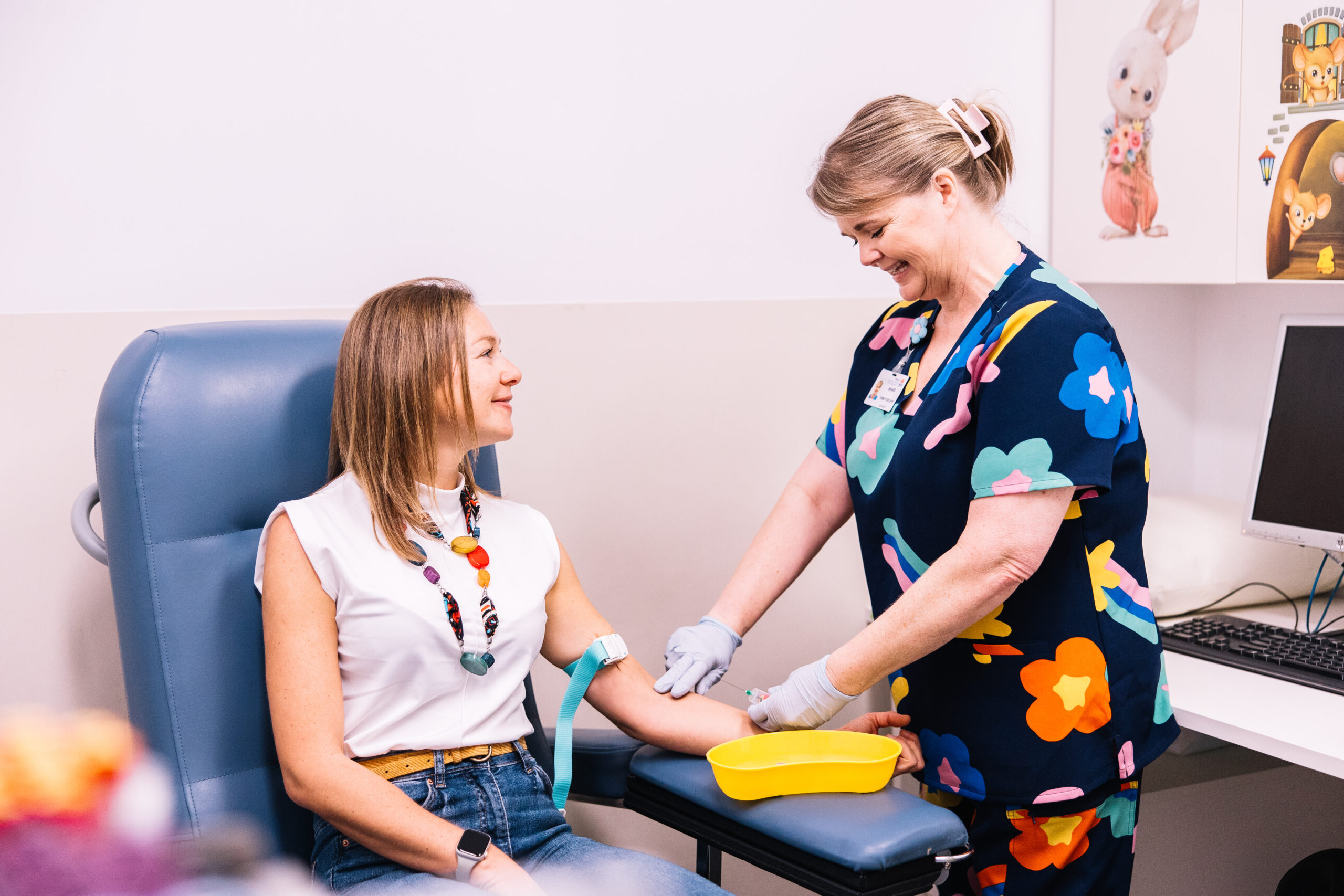Media Contact
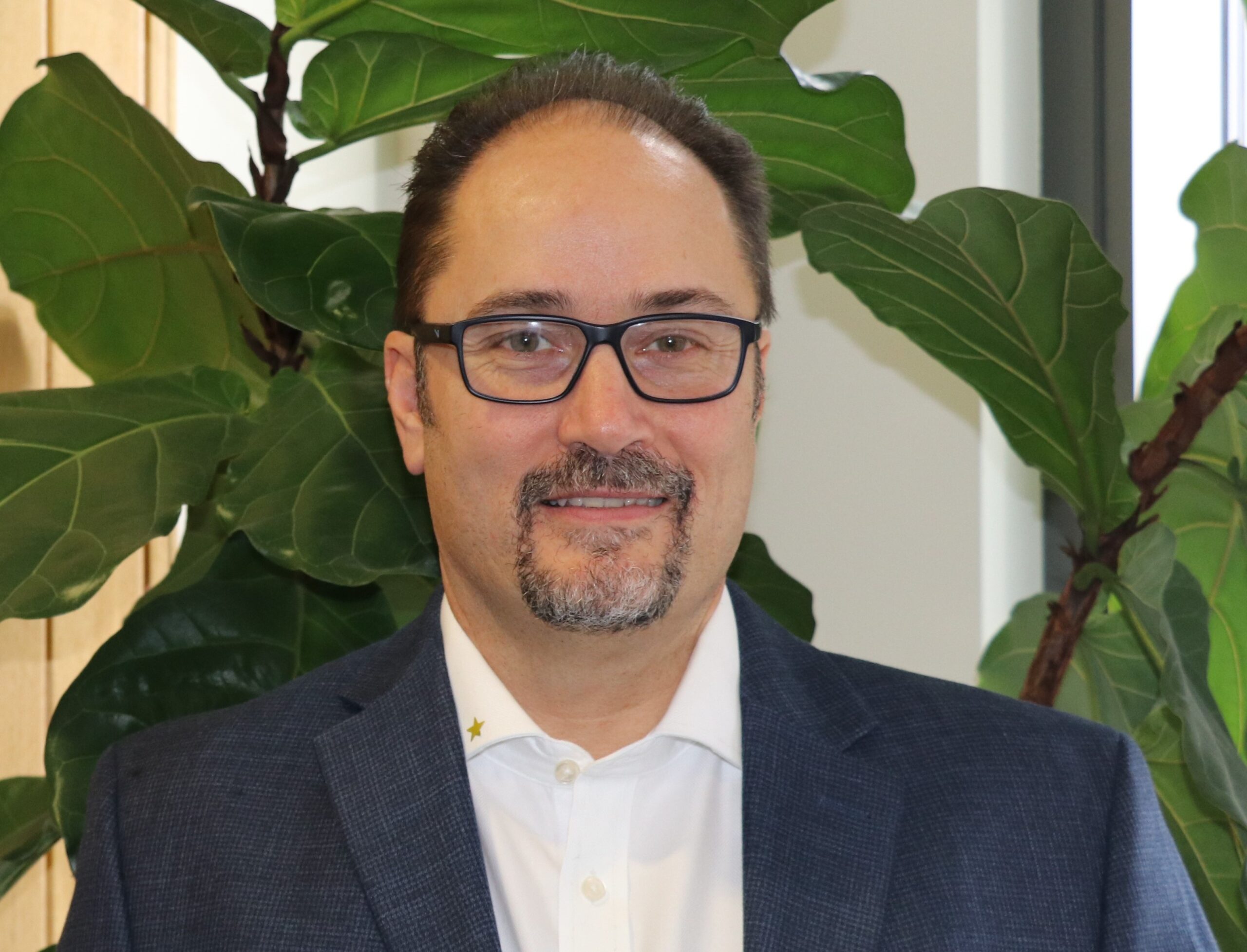
Science fiction doesn’t stay fiction for long these days, and in applying artificial intelligence (AI) and augmented intelligence applications in pathology we seem destined for the same.
Harnessing AI to keep improving our services and relieve staff from some of the tedious but necessary grunt work in our operations is high on NSW Health Pathology’s (NSWHP) list of priorities, but it’s a careful journey we are on to discover what’s possible without posing risks.
NSWHP Chief Information Officer James Patterson says patient safety and the high security of sensitive patient, forensic and scientific data we administer is paramount when considering what AI could offer.
“We’re at a point where we are assessing our organisation’s appetite for AI applications in pathology,” James says.
“In some clinical settings it can rapidly speed up and fine-tune the diagnostic process and provide faster treatment for patients – moving us further toward precision medicine.
“A good example of this is rapid AI review of thousands of tissue sample slides and their comparison with newly arrived specimens to determine if malignancy is present, thereby enabling anatomical pathologists to make faster diagnosis.”
Accurate diagnosis and treatment of genetic disorders could become faster as well, where AI is used to match physical attributes or phenotypic traits often associated with specific genes.
It could also be a readily available tool to assist in diagnosis that goes beyond our current reliance on human phenotypic expertise.
“AI may suggest specific genetic tests to clinicians sooner based on phenotypic traits that are present and avoid instances of unnecessary testing. Ultimately the patient benefits sooner by getting the right treatments,” James says.
“At the moment, AI comes with pluses and minuses. It can save time and effort by mining our online store of knowledge. But emerging generations of professionals will still need to accrue their own knowledge and expertise through practice to ensure the professions don’t stagnate and human curiosity and creativity keeps being renewed.
“For now, in pathology we are just dipping our toes into AI. We’re focusing mainly on how it could help us in non-clinical settings such as in billing, or in producing reports drawn from data we accrue, to inform how we could do things better and plan strategically.”
Suranga Kasturi who leads NSWHP’s Data and Insights team says safe ways of harnessing generative AI such as Chat GPT type models were being explored to help clinicians feel more comfortable using the emerging technology.
“It’s a case of supporting cultural change by introducing low-risk AI-driven procedures to our colleagues who will have mixed experiences working with emerging technologies and new ways of doing things,” Suranga said.

